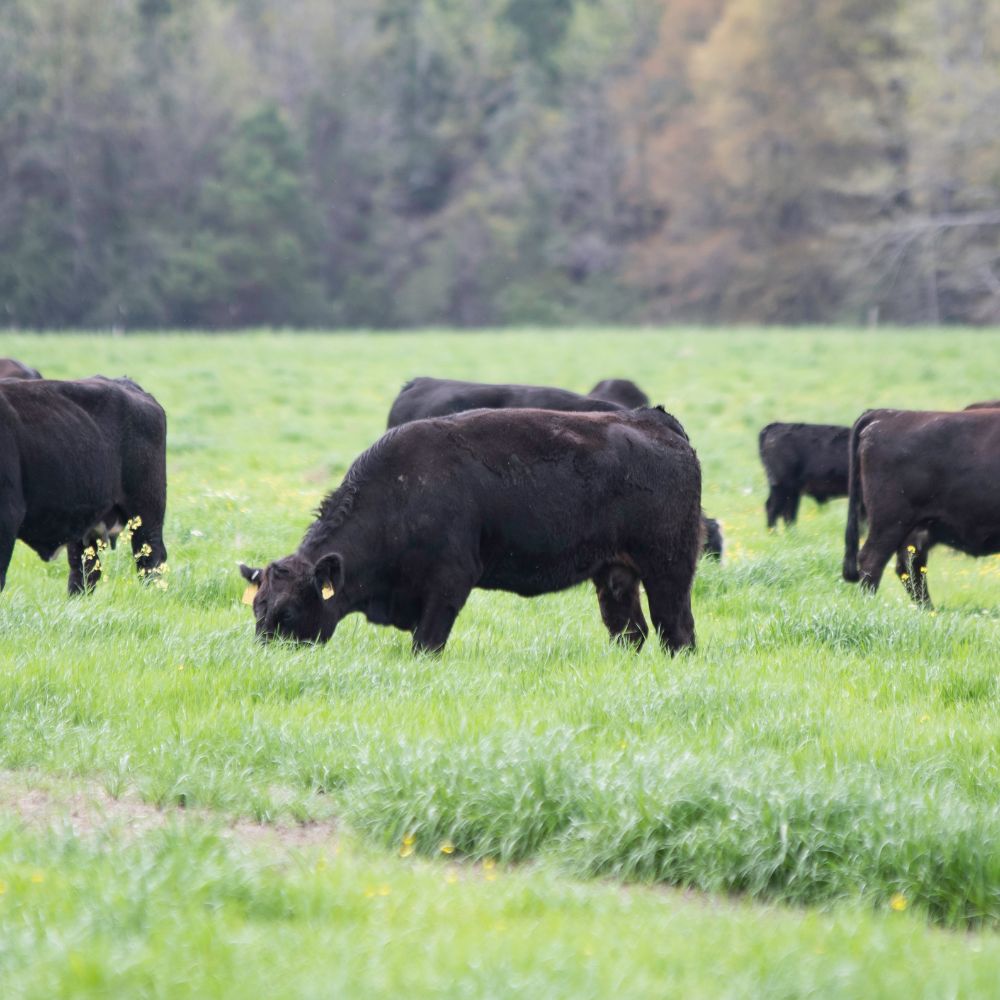Some Known Facts About Bagley Risk Management.
Some Known Facts About Bagley Risk Management.
Blog Article
The Single Strategy To Use For Bagley Risk Management
Table of ContentsAn Unbiased View of Bagley Risk ManagementBagley Risk Management for DummiesBagley Risk Management Fundamentals ExplainedThe 9-Second Trick For Bagley Risk ManagementThe Of Bagley Risk Management
This way, if rates do go down listed below that break-even factor by the end day, policyholders are shielded versus a loss. This is very similar to the method feedlots operate, though they use a typical bush. When a herdsman agreements their cattle with a barnyard, they hedge those livestock to secure the profit factor.This will be countered by the enhanced worth of the livestock., ranchers shield versus a drop in the futures board, yet don't shed out on the higher return when prices go up.
They do this by selecting a reduced percent of the projected ending value - National livestock insurance. This is a great method for those looking for reduced costs rates or who have a higher risk resistance due to solid monetary wellness. This strategy may not shield success, however it can secure against severe market decreases
There is not a lot of protection or coverage on a month-to-month basis, yet if there is a severe crash, manufacturers have the comfort that comes from knowing they will only be liable for a particular amount out of pocket. Just bear in mind, wish for the best yet prepare for the most awful.
7 Easy Facts About Bagley Risk Management Shown

Feeder livestock can be covered up to a 900-pound predicted end weight and fed cattle can be covered up to a 1,400-pound end weight. With numerous weight courses to choose from, it is possible to cover pets via the feedlot to the packer rail.
Applications can take several days to process and merely filling one out does not secure the candidate into a plan. As soon as the application is authorized and all set, the LRP endorsement, with its end date and predicted ending value, can be secured promptly. This permits herdsmans to cover calf bones when the rate is appropriate for their market danger monitoring goals.
Photo Politeness USDA-NRCS Rates for calf bones, feeder livestock and finished livestock have set some new records this autumn and early winter. A combination of conditions has sped up these historical rates. There is currently a great deal of careful positive outlook for cow-calf manufacturers as they take a look at the future.
All About Bagley Risk Management

There are some benefits to producers in making use of LRP insurance policy as contrasted to a traditional feeder cattle contract or acquisition of an alternative - LRP Insurance. One is the versatility in the number of cattle that can be insured. There is no lower limitation to the variety of livestock that can be insured
There is no commitment to sell livestock on which you have actually acquired LRP Feeder Cattle coverage. You might select to preserve ownership and still be qualified for the indemnity must the Actual End Value fall below your Coverage Cost. You might market cattle covered by LRP at any moment, provided the transfer of ownership does not take place even more than 60 days before the LRP Contract End Day.
If cattle die and your Ag, Risk Consultant is informed within 72 hours of you learning of the death, the insurance coverage continues to be basically, and the manufacturer is eligible for indemnities as a result of cost loss, even on those animals which perished. Yes! Calves can now be covered prior to hooves struck the ground.
Not known Incorrect Statements About Bagley Risk Management

Action 1) Total an application. Applications make sure novice clients can be pre-approved to write an LRP policy It is cost-free! Step 2) Secure a Special Coverage Endorsement (SCE) when you discover a quote that fulfills your goals. There are lots of levels of quotes that are launched day-to-day making this a really flexible product that will fit any manufacturer.
We are right here for you. With each other, we're better. With each other, we'll secure your investment.
With the never-ending fluctuation and unpredictability of the marketplace, Livestock Threat Protection (LRP) is something all cattle producers need to think about. The main objective of LRP is to protect versus the unanticipated descending cost activity in the industry by setting a base on any type of given date and kind of cattle you want to insure.
Bagley Risk Management for Dummies
There are a range of insurance coverage degree options ranging from 70 to 100 percent of the expected ending value (https://www.webtoolhub.com/profile.aspx?user=42377810). At the end of the selected insurance coverage duration, if the actual ending worth is listed below the protection cost, you will be paid an indemnity for the difference in price. Manufacturer anticipates to market 1,000 head of 11cwt livestock and selects coverage of $66
Since 2020, LRP (Livestock) is now offered in all states when the market is available. 1. Feeder Cattle with finishing weights under 600lbs or 600lbs-900lbs, and 2. Fed Livestock with finishing weights in between 1,000lbs-1,400 pounds that will certainly be marketed for slaughter near the end of the insurance coverage duration. why not try here whereas livestock insurance does.
Report this page